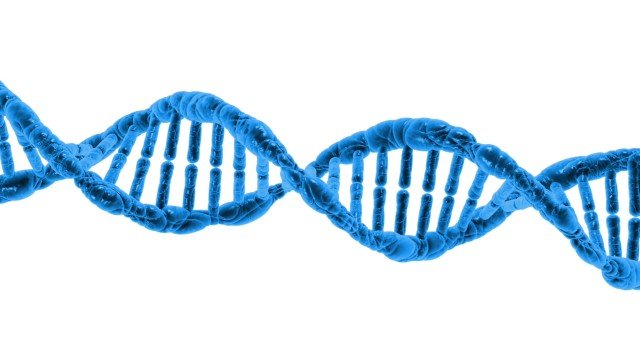
Proteomics is known as the study of protein structures, and these structural units are distinguished as protein domains. The overall functional role of a protein depends on its structure. Most proteins comprise multiple structural domains. Similarly, a specific domain may appear in one or more different proteins. A protein domain is best described as a conserved part of a protein chain or a protein sequence.
A crucial feature of any protein domain is that they exist independently and can successfully establish a stable form. Because of this noted feature of protein domains, processes to discover chimeric proteins can easily be executed by using genetic engineering between two proteins.
How is a protein domain measured?
Protein domains are part of tertiary structures. As a result, each domain is unique, with a special three-dimensional structure. Again, this structure is very contributing in nature as these domains are highly stable independently. Did you know that modification of proteins is possible? Thanks to the stable protein domains that can be easily swapped and recombined with different domains to create proteins with differing functions.
The entire process is termed as ‘Molecular Evolution’. Speaking about the length of protein domains, they are measured by their counts of amino acids. Not all protein domains are of equal length. The length of protein domains can range anywhere between 25 to 500 amino acids. An example of the shortest protein domain is the zinc finger. Another example of a short protein domain is the SR3 or the ‘Src Homology 3’, which is just 50 amino acids long.
‘Residue’ is another chief factor determining the size of structural domains. 32 residues in E-selectin to 692 in lipoxygenase-1 mark the scale of variation. The shorter the protein domains, specifically less than 40 residues, the easier they stabilize using disulfide bonds and metal ions.
On the contrary, larger domains of more than 300 residues comprise multiple hydrophobic cores.
How is the study of protein domain useful?
Since proteins are building blocks and perform the activities of a living cell, studying the protein domains benefit us in several ways.
- They help duplicate and figure out DNA data.
- The same domain can create other proteins with varying functions.
- It contributes to the technique of X-Ray Crystallography.
A Conserved Domain Database and Search Service.
DOMO is a database of homologous protein domain families. It was obtained from successive sequence analysis steps, including similarity search, domain delineation, multiple sequence alignment, and motif construction. 83054 nonredundant protein sequences from SWISSPROT and PIR have been analyzed, yielding a database of 99058 domains clustered into 8877 multiple sequence alignments.
Pfam is a large collection of multiple sequence alignments and hidden Markov models covering many common protein domains. Pfam version 7.7b (October 2002) contains alignments and models for 4832 protein families based on the Swissprot 40 and SP-TrEMBL 18 protein sequence databases.
ProDom
The Protein Domain database.
PROSITE is a database of protein families and domains. It consists of biologically significant sites, patterns, and profiles that help to reliably identify to which known protein family (if any) a new sequence belongs.











